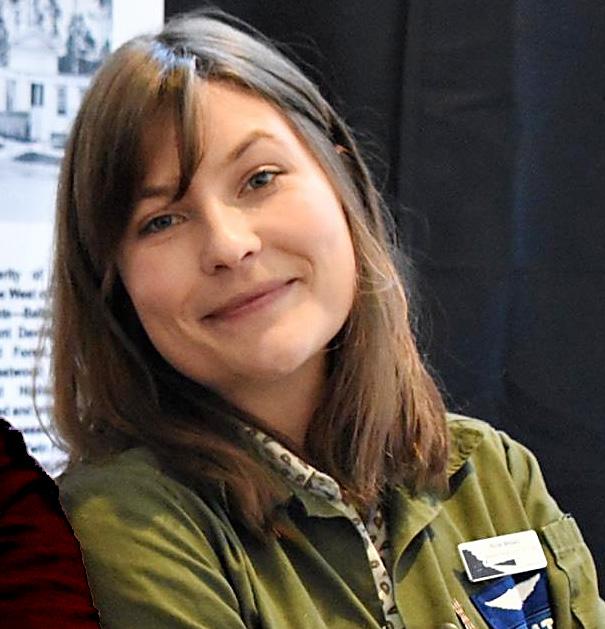
3 minute read
Director’s Message

It’s summer in the city again, which means our friendly fog enfolds much of the west side and I get particularly nostalgic. We normally think of spring as a time of renewal, but that’s how I feel about the summer. We have light longer and everything feels available, open with opportunity. Never has that been more true than this year, as we tentatively rebound from pandemic.
Advertisement
And what better way to celebrate this season and our greater freedom than by taking a trip to Sutro Baths? Now beloved as beautiful ruins, this was once a place where San Franciscans came to explore cabinets of curiosities in Sutro’s Museum, see grand carnivals, hear music, and cool off or warm up in a swimming tank. To do the latter, many had to rent wool bathing suits that must have been itchy and incredibly heavy when wet, but worth it to swim in an aquatic palace. We recently acquired two of these suits at the Cliff House auction and our pal John Martini traces their evolution in his article Sutro Baths Swimsuits: An Incomplete History.
We no longer go to Land’s End to watch woolen-clad swimmers frolic, and the once-bustling edge of the western world feels dark after losing its last legacy restaurant. As a historian, it’s my job to watch and document how things unravel. This can be unsettling, but I also find comfort in seeing, time and again, how people weave a rope that connects them to the past and pulls them into the present. Weavers like photographer Chrissy Huhn, who grapples with the passage of time in her work in the Golden Gate National Recreation Area, featured in this issue as a different version of remembrance in place of an oral history.
Chrissy’s photographs of the landscape are deep in their stillness, whereas concert photographs taken by Greg Gaar are wild with frozen movement. The work of both photographers is so different on the surface but they both show how memory is an active relationship that we have with the past, in the present. It’s easy to recognize the places they capture and see ourselves in them, making memory a form of time travel. You’re on the cliff with Chrissy like so many photographers before her, you’re in the club with Greg as if it were just yesterday. Through his lens we’re transported, sweaty and swaying with the rhythm of rock ‘n’ roll or thrashing about with a band of happy punks. Even if you weren’t there (like myself, a child of 1984), it’s easy to recall the now iconic songs that were played at these shows. We recently launched a curated selection of Greg’s music photography on OpenSFHistory and, in this issue, he takes us backstage to highlight some of his favorites in Playlist: Local Music According to Greg Gaar.
Music triggers positive memories (that’s science), and this summer issue made me think of Nick Mulvey’s song “Begin Again,” which I’ve had on repeat lately. It’s about timelessness, renewal, and how those who came before are in everything around us. This resonates with me because it means I’m part of an unending chain. Mulvey repeatedly asks “Can we begin again?” and that refrain triggered a memory of my mother who, while looking through old photos the night before she passed away, said to me, “I wish I could do it all again.” That’s why I love history and photography: they refresh living lines of memory to keep close as I reawaken for the summer.







